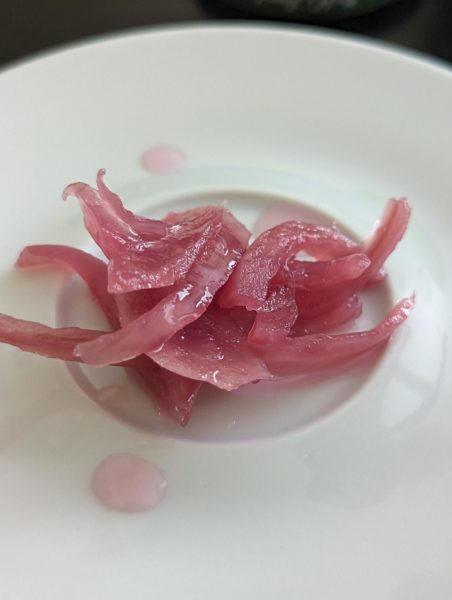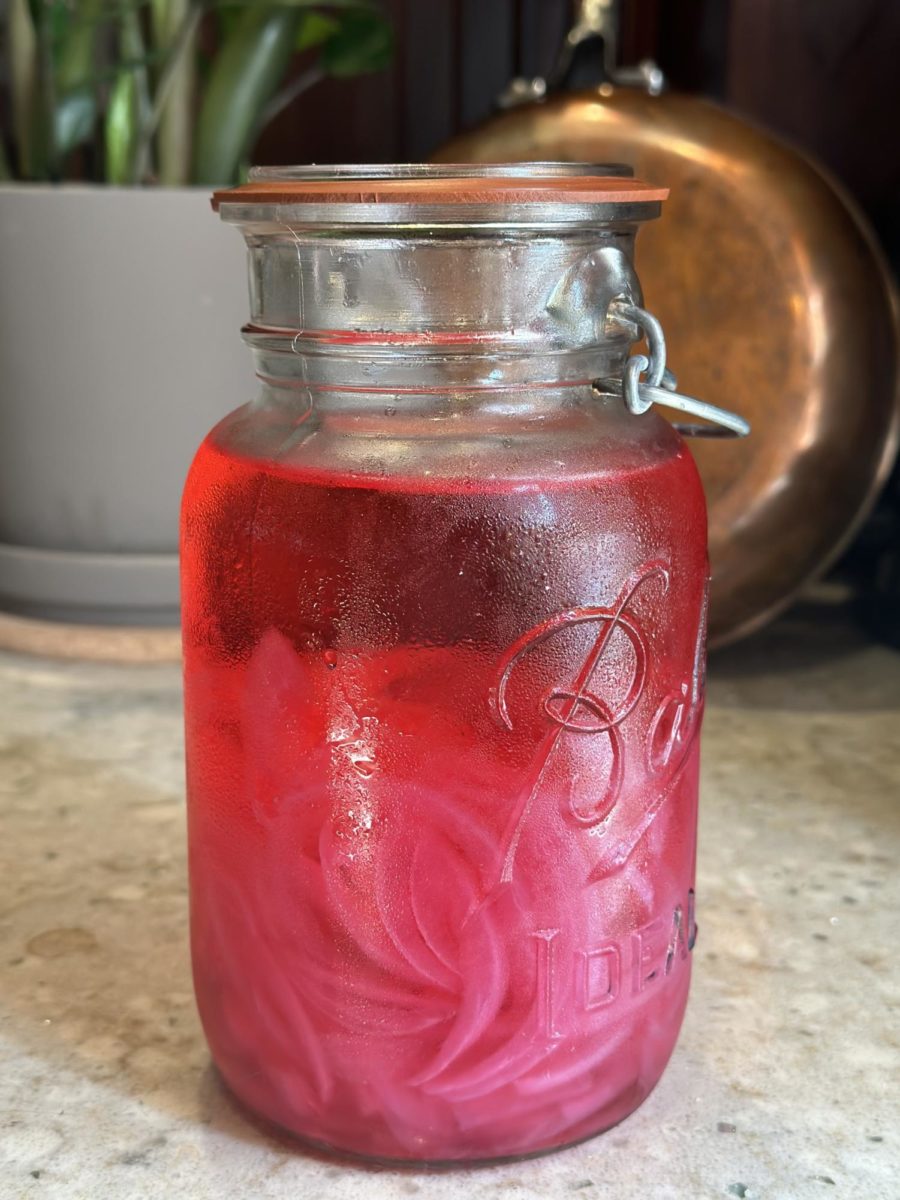“New year, same shit.”
I hear this from my college friends as they trudge bravely into another 9 months of grind. I think I understand where they’re coming from. Summer lets us get away from the deadlines and stress of school. For a few blissful months, we’re free to form new habits, our summer habits, which ideally mean more of what we really want. And what we really want to eat.
When we step back in those doors, it’s game on again. All those old habits and feelings of loss of control come flooding back. “New year, same shit.” Where is there room for the self-care we need to perform at our best?
When it comes to our diet, there’s more pressure too. There’s a reason for the old saying, “watch out for the freshman 15.” But who are we kidding? Stress leads to eating quickly and on the go, which means we are consuming lesser quality foods. The extra pounds from that cycle can follow us through all of college.
But weight isn’t necessarily the measure by which we should be looking at ourselves. That can lead to being unduly critical of ourselves even when we don’t understand our own body composition. What’s muscle? What’s fat? What’s my body type? Those variables can only be achieved through medical consultations. And even if we have them, knowing the starting line can be helpful, but building habits to reach the finish is what’s really important.
The measure we should be using to gauge our health and eating habit goals is much more fair and nurturing to ourselves. It’s simple: Are we eating healthy, nutritious food more often than not?
Well, that can be hard with a tight schedule and budget, especially as a college student. And maybe you DO have time to cook that chicken breast. But on its own, the appeal is… frankly abysmal. It’s so tempting to douse what little we can make in store-bought sauce, but those sauces can be so bad for us. They’re not much better than eating out.
But maybe there’s something out there that will help us out. A condiment that can work in any cuisine. A condiment that brings incredible flavor to any dish from a basic chicken breast or a peanut butter sandwich, to a sophisticated dinner for your friends and family. A condiment that’s stable, that can live in the fridge for a few months without worrying about it spoiling. A condiment so cheap even on the smallest budget, its benefits are available to all. And most importantly, helps us reach our goal of being happier and healthier without sacrificing the enjoyment we crave of our food.
I’m going to tell you about it today, and that condiment is…
THE SECRET

pickled red onions.
The internet’s favorite condiment. It’s a true Swiss army knife in the kitchen. And It’s not news! It’s been out there for a while, you probably know about it. But maybe we don’t all know how to make it or understand what it brings to a dish. Plenty of fancy taco places have it on the menu, but do we understand where to apply it ourselves? Well, let’s dive into what this little flavor bomb can offer us.
THE RECIPE
Making pickled red onions is very simple. I’ll be using Ethan Chlebowski’s method, a famous YouTube cook who can always be relied upon to provide cheap and delicious recipes. His recipe is simple:
Cut up some red onions in thin strips from root to stem. (Check out Ethan’s video if you’re unsure).
Pick a container, ideally with a lid. Place the onions in it.
Fill the container with water and dump the water into a measuring cup to see how much you need.
Take half that amount of water and put it in a pot. Add the other half in the form of white distilled vinegar to the pot.
Put a few large pinches of salt in the pot.
Boil the mixture, stirring to dissolve the salt.
Pour the boiling liquid over the onions to the top, so no onions stick out.
Let it cool, then place in the refrigerator for a few hours with the lid on.
Done! Take when you need them.
You can add them to stir-fries, sandwiches, soups, stews, fresh on chicken or beef, tacos, the sky’s the limit. But why does this work? What’s so special?
THE WHY
As most of us know, pickling is the use of acid and salt to not just preserve food, but change its flavor profile. The onions will last a month or more. Plus, the flavor developed will be unique. It’s onion! But the pickling introduces acidity and the sophisticated flavor complexity that will elevate dishes from zero to hero. As a bonus, the color contrast offers much in how our eyes process food. Foods that excite visually, excite us to taste and savor their flavors.
I’ll look to the venerable Samin Nosrat from her book, “Salt Fat Acid Heat,” for a few more reasons that acidity, hence these beautiful pickled red onions, work so well in so many dishes.
Samin realized the importance of acid while in a cooking apprenticeship at her favorite restaurant. Not only was cooking with acid essential to making dishes flavorful and “pop,” but she realized the home cooking she grew up with contained elements of acid. The crème fraîche used to add “tang” to the whip cream for dessert, the brussel sprouts tossed in an italian vinegar sauce to add complexity, and even the cranberry sauce at Thanksgiving that serves as an all-purpose flavor booster.
Acid is great, and here a few more reasons:
- Acid makes your mouth water, a pleasurable part of the eating experience.
- Acid balances salt, fat, and heat, and so elevates them in the right proportion.
- Acid cleanses the palate for new flavors and more intense flavors
- Acid brightens flavors, elevating dull dishes
Acid on its own is sour, but in the context of the pickled red onions with its onion flavor, the two elements balance themselves. You can eat them raw! But most importantly, that acidity will help elevate the basic things you cook, so when you are in a pinch and can only get some veggies, or a piece of meat, or tofu, or whatever you’ve got, you’ve got something that will bring flavor, richness, and will play well with the other foods in your dish. Don’t have lemon or lime? Well, why not use some pickled onions. The simplest foods you can scramble together during your busy day will feel more satisfying, more interesting, and may even impress your friends.
How to use them? You can cook them, but like pickles, they’re best thrown on raw. But if you don’t have onions and want some simmered in your soup, don’t be afraid to have at it! With a little practice, you’ll find the amount to use that achieves the flavors you want.
Our school habits can make us feel like we’re surviving rather than thriving. So why not take 15 minutes and create a new one that will help feed you all month (or months) long? That’s a good new food habit to make this year. Maybe you can’t prepare a feast, but with pickled red onions, any of your home-cooked food will be a true pleasure. Now THAT is self-care.




